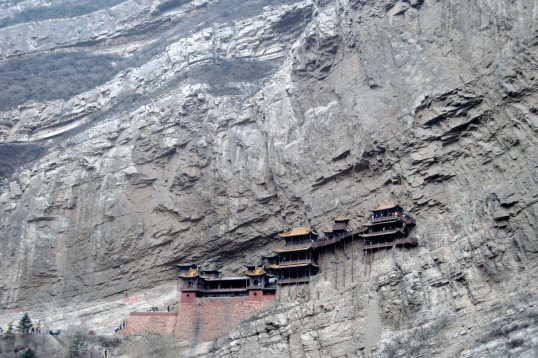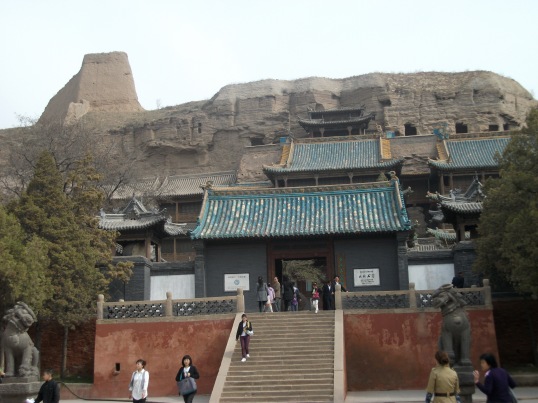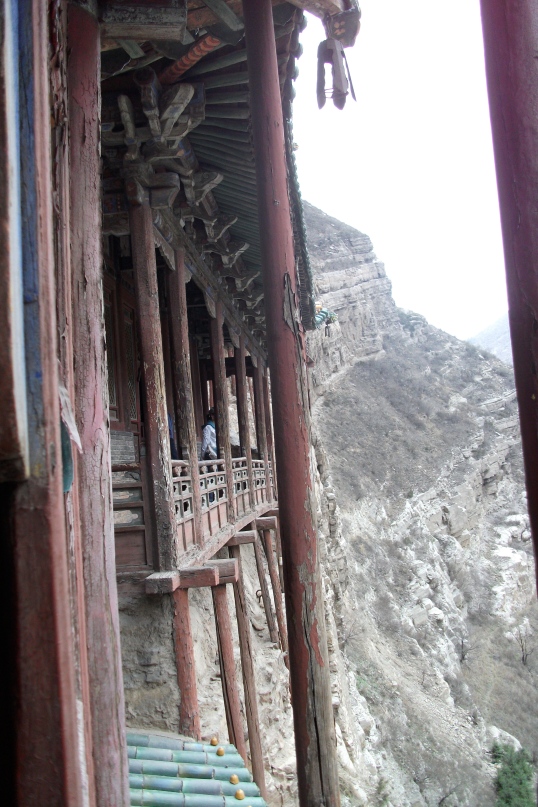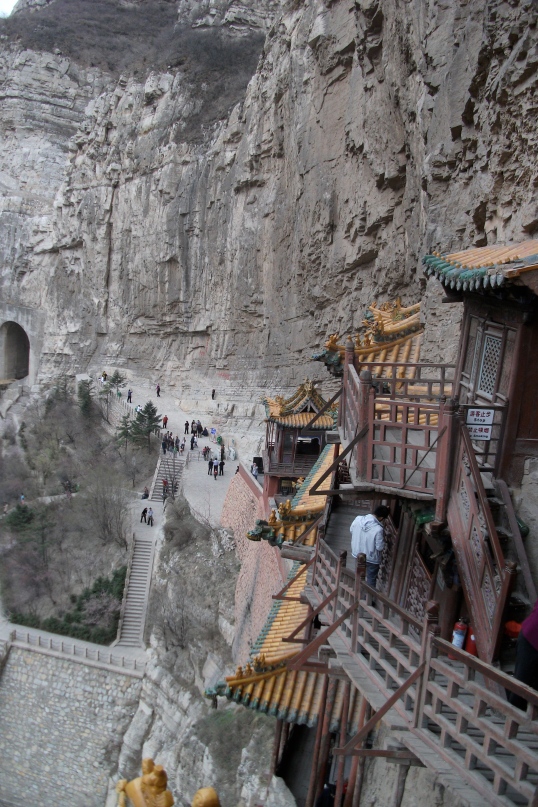here’s why | datong, china
Everyone’s favorite travel phrase is “off the beaten path.” It seems everyone wants to get there, wherever that elusive place is. I’m here to help you find it! I’m starting a new series on why you should visit lesser known and talked about destinations. Check back every Tuesday for “Travel Tuesday.”
I spent 10 days in China in the spring of 2010. When building my itinerary in the months before going, I recognized that 10 days isn’t much time in one of the world’s largest land masses and shrugged it off – I wanted to see as much of it as possible. When I’m headed to a country I may visit only once, I want to be in a new place (or 2) just about every single day. The exception is sleepy towns stuck in another time and walled cities. They’re my raison d’être. On my trip to China, I did a little bit of both.
I knew that I would fly into Beijing and spend several days there. There is entirely too much to do and see in Beijing to plan for anything less than 3 days. I know that the big cities are almost always a gateway for me, not the main destination, so three days fit perfectly into my plan. After Beijing, mapping out my itinerary got tougher. I planned to fly out of Shanghai, so I needed to get there within 5-6 days. I decided my major cities would be Beijing –> Xi’An –> Shanghai. But what would I do in between, to break up the exhaustive train and bus travel?
I settled on the smaller cities and walled town, respectively, of Datong and Pingyao, that I could easily visit by train en route to Xi’An.
Datong
Datong is situated several hundred kilometers from Beijing. It’s a dusty city in which you won’t find much English, but you will find two incredible sites that will take your breath away – and you’ll see them without the hustle and bustle of the crowds in Beijing.
The easiest way to describe the Yúngāng Grottoes is to say they’re a network of ancient Buddhist temple carvings within caves. The experience of seeing it and being there is mindblowing, I have no other word for it. These carvings date back to the 5th and 6th centuries. There are over 252 grottoes and more than 51,000 Buddha statues and statuettes. I remember walking through the grottoes with my jaw dropped the entire time (I don’t recommend it – it’s dusty there!). They’re beautiful.
These grottoes are not only a UNESCO site but one of the three most famous ancient Buddhist sculptures in China. And yet, nobody goes!! When I visited, there were small crowds, but they were almost exclusively Chinese. It was a cool thing to behold – seeing that many Chinese who have traveled near and far to see this site. For many, it was truly a religious experience. I stayed back and out of the way as much as possible.
The Hanging Monestery. I sighed as I typed it. Honestly, I welled up a little, too. If you’re a traveler, I’m sure you have places – sometimes completely unexpected – that stick with you. This is one of those places for me. The Hanging Monestery, or Hanging Temple, literally hangs on the edge of a mountain cliff. It sits on stilts 250 feet above the ground. Maybe that’s an architectural feat that we could imagine today, in 2012, but this temple was built in the year 491. 491!!!! It’s truly an architectural masterpiece. Essentially, the rock has grown around the supports. The temple is the rock, and the rock is the temple.
Not only is the Temple still standing, alive and well, but you can climb a long, high series of stairs to go inside of it. The passageways are incredibly narrow, and the stairs leading to the different levels are steep. You feel like you are climbing sets of ladders, rather than stairs. The sites within it are incredible, as well. There are artifacts from earlier centuries.
I stood at the tip-top of the hanging temple, looked out among the foothills and rolling mountains, the water below, and I wanted to stay there forever, locked into a place so full of peace and strength that it has withstood nature and seen history unfold.
The easiest way to get to the Grottoes and to the Hanging Monastery is to hire a taxi from the train station. Make sure to negotiate a set amount for your trip. Keep in mind, the taxi ride alone – the bumps, potential flooding if there’s a rain storm, and personality of your driver… that’s all part of the adventure. Datong isn’t accustomed to seeing many tourists, even though it’s so close to Beijing. The locals are friendly, but many have rarely, if ever, seen a westerner, so they tend to stare. You can see the major sites in a day.
Here’s why you should visit Datong, China:
- Yúngāng Grottoes
- The Hanging Monastery
- It’s 6-hours from Beijing by train
- Off the beaten path
- The locals










Wow, what a cool place!